Scrum board is one of the most essential tools to ensure a smooth project and while most choose the traditional scrum boards for their teams, there are a few that decide to innovate and improve the traditions to fit their needs. Therefore this week we gathered up the 5 most interesting (at least to us) boards and present them to you!
The wall
The first example comes from Agile but Pragmatic. Instead of dealing with a traditional scrum board, they suggest to expand it into a whole wall. This allows the team to put additional information such as results of retrospective – decisions and actions to take in the current sprint, parking for not active tasks, the sprint calendar and other things. By dedicating the whole wall to the scrum board, the team expands their ability to have all the information in one place.
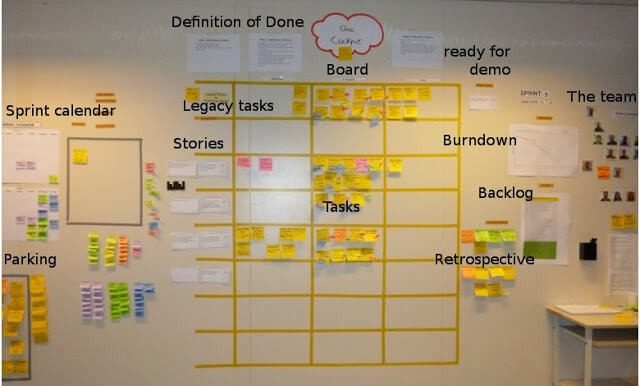
The super hero
The next board that caught our attention comes from Strong and Agile. Stemming further from the traditional shape of the board it turns into a circle instead. The center of such board represents the done column, while the lanes stand for the progress columns, going inward from ready, to in progress to testing to the done center. Separate slices can be used for separate user stories, epics or even projects.
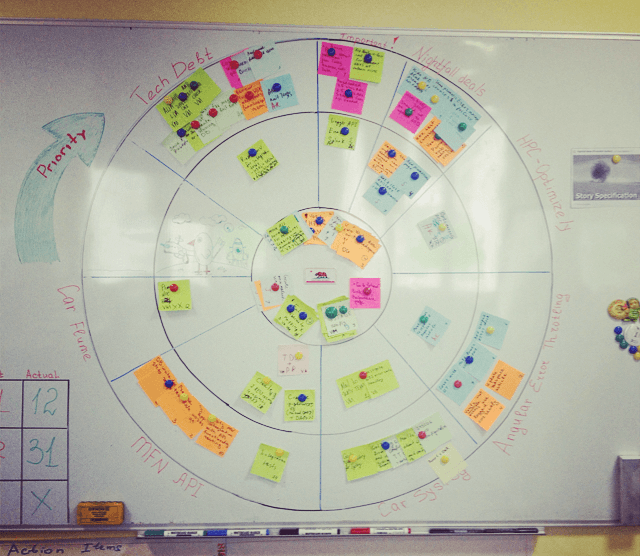
The wagon wheel
Another round shape is introduced by Rajeev Kumar Gupta, using his experience and love of the game of cricket. The wagon wheel of cricket is adopted to fit the scrum team in order to better understand their progress. Here each slice of the wheel represents a team member and the lines within this slice represent the tasks they are and have been working on. The wheel is also divided into lanes to help the team measure the length (in hours or days) or difficulty (in story points) of the tasks – the longer the line, the more story points it has.
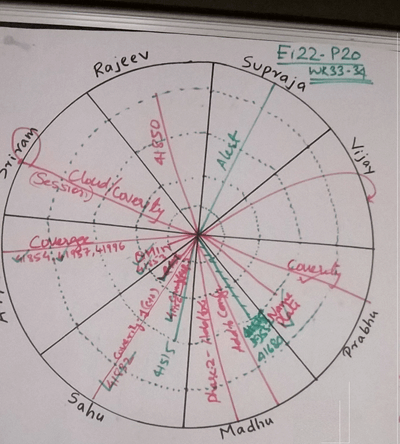
The Lego planner
Some teams at Hoppinger decided to look at Lego for help. The board that is all made up of Lego, is divided into rows, representing different user stories or projects and into columns, representing separate sprints. Each member of the team is assigned a specific color and their availability is represented with a number of their blocks available on the board. The four stud block represents a full day of work, while a two stud – half a day, making it easy to plan and to allocate resources all around.
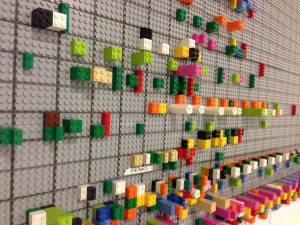
The Lego calendar
Another similar approach is used by a design studio called Vitamins. Only here, rows are divided into separate months and then su-brows are assigned to specific team members, while columns represent different days of the week. Each project or user story is giving a specific color and the team members can quickly see what they need to be working on. The best part, the team has developed a software that allows you take a picture of the board and automatically syncs it with your google calendar.
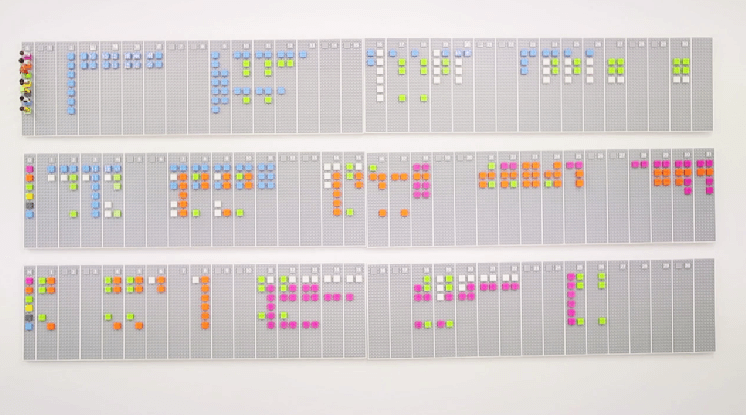
Have you innovated your scrum board or seen anything interesting? Make sure to share in the comments!




